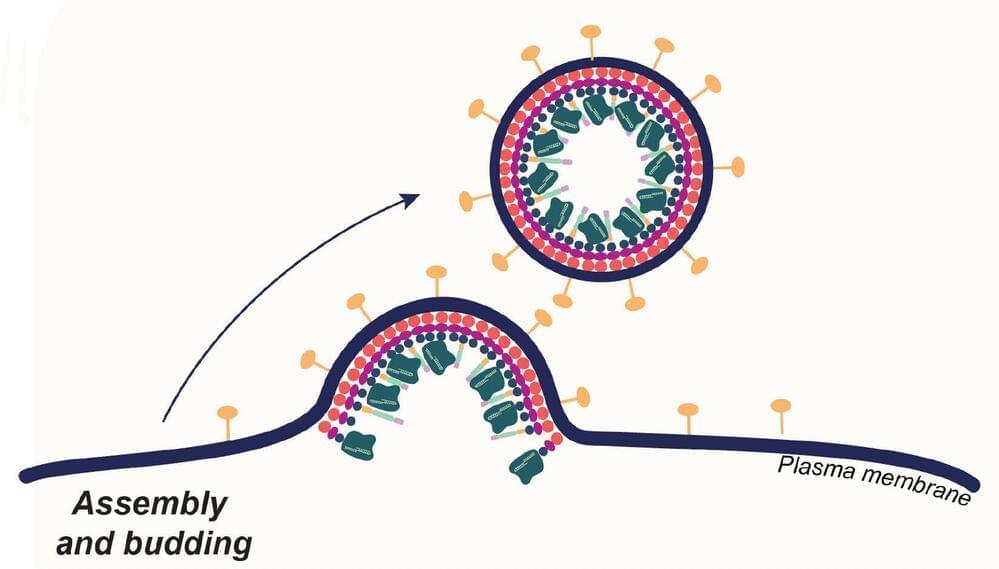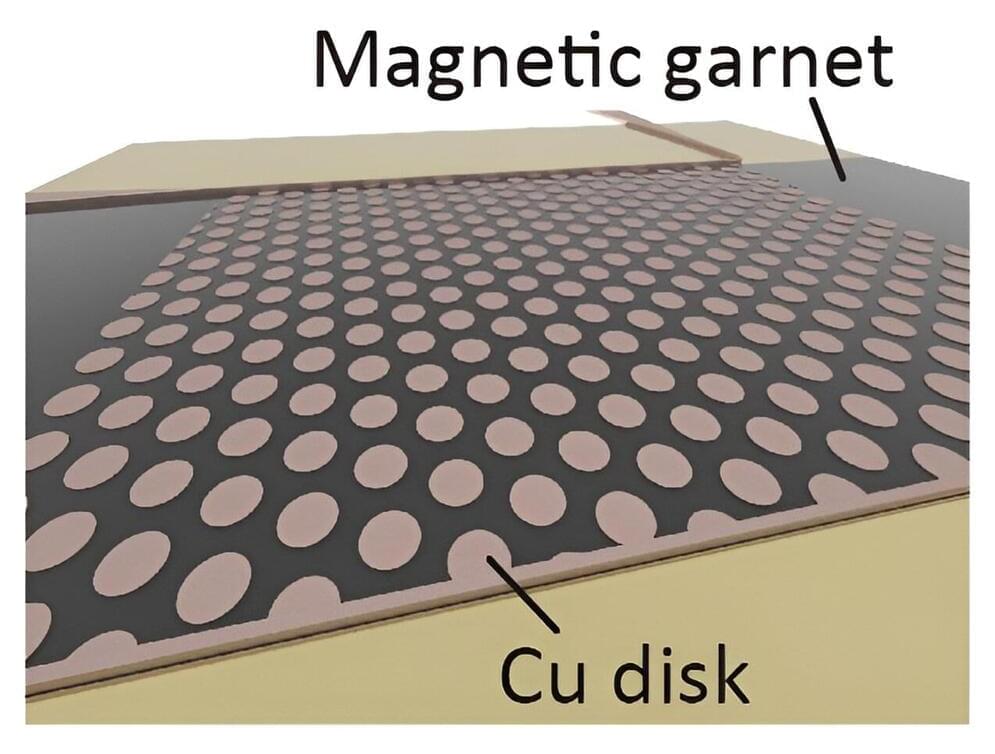A finance worker at a multinational firm was tricked into paying out $25 million to fraudsters using deepfake technology to pose as the company’s chief financial officer in a video conference call, according to Hong Kong police.
The elaborate scam saw the worker duped into attending a video call with what he thought were several other members of staff, but all of whom were in fact deepfake recreations, Hong Kong police said at a briefing on Friday.
“(In the) multi-person video conference, it turns out that everyone [he saw] was fake,” senior superintendent Baron Chan Shun-ching told the city’s public broadcaster RTHK.








